Gods, ghosts, demons. These are terms we’ve all heard before, of course. When it comes to gods, you might think of the eclectic pantheons of Greek, Norse, or Egyptian tradition, or the capital “G” God of many huge, organized religions; for ghosts, you might think of translucent, ethereal, figures; for demons, horned and fork-tailed monsters. Chinese mythological traditions have these supernatural beings too—but in China, these beings are assigned very different traits and come from very different cultural roots.
The problem stems from the fact that the Chinese names of these beings are often translated using English counterparts that already have pre-established, similar meanings (yet terms that are also just different enough that they can cause confusion and misunderstandings). So to those unfamiliar with Chinese mythology or Chinese folkloric tradition, here is a compiled list of the main supernatural beings of Chinese mythology, as well as there etymological roots, their interrelationships, their similarities, and their differences.
I hope this will help you prevent accidental conflation of terms and mythologies, and I hope you have fun learning something from the guide below!
Gods(神)
Let’s start at the very top: Gods, or 神/shen. Chinese folkloric tradition is home to innumerable thousands of gods, heavenly deities for every phenomenon, place, and practice.
The ancient Chinese people, like all ancient civilizations, were awed by the natural world and wanted to know who had created the earth and skies, who caused the thunder and rain, who caused floods and droughts. They spun up from their imagination supernatural deities whom they could worship, hoping to bless themselves with good luck and godly favour and stave off calamities and misfortune.
Some well-known gods in Chinese mythology today include Yudi, the Jade Emperor who rules over all from his seat in Heaven surrounded by a grand pantheon of various gods and immortals; Xiwangmu, the Queen Mother of the West, associated with yin energy (of the Chinese concept of yin and yang), tigers, weaving, death, immortality, and the Kunlun Mountains); Leishen, the Thunder God; Tushen, the Earth God, or God of the Local Land (as there are many, one for every locale). Note, too, how the last two gods have shen in their name! Yes, this is the same shen meaning “god.”
Now below, see the modern Chinese character shen, and below it, the ancient Chinese bronze script (this was one of the ancient precursors to modern Chinese characters, in use since around 1000 B.C.) for shen. To its right is a pictorial depiction of how the oracle bone script word came to be.
With this pictorial depiction, it becomes very clear what “god” is: the word "god" is of a kneeling person in worship at an altar. This was the totem worship of primitive ancient Chinese society.
Primitive human thinking was constantly in development, so gods were not always the same: In the beginning, gods represented the sky and the sun. As humans further advanced their ability to imagine abstractly, gods then became the totem worship of the first Chinese societies. The Zhuang peoples of China believe that the frog created the world, so the frog was their god. The early northern nomads worshiped the sheep as it was an animal they heavily depended on for their livelihoods, which impacted Chinese culture so that many Chinese words with positive connotations have the character “sheep/羊” in them: for example, "beauty/美", "goodness/善", "ginger/姜", etc.
Later, the development of Daoism considered Pangu, who opened up the sky and created the earth, and Nuwa, who created man, to be the two primary creation gods. Even later, as Chinese culture became more and more pragmatic, Confucian culture worshiped the Three Sovereigns and Five Emperors, the creators of Chinese civilization, as gods. Throughout Chinese history, gods were personified and embodied in the process of people’s slow exploration of nature and society.
In a nutshell, gods are the creator of the world that people worship. If we understand what gods are, then it is easy to explain what immortals are.
Immortals(仙)
The character word for “immortal” (immortal in the sense of a type of god-like being, not in the sense of living forever) is actually two characters: now it is written as xian/仙, but a variant spelling is xian/僊, as you can see in the photo above. This second, older spelling, like the character for god, is an ideogram where its components reveal its meaning. On the left side of the character, there is a person; on the right side of the character, the upper part is a high-nesting bird's egg, and in the middle are a pair of hands reaching out to grab it. Essentially, the character for immortal is that of a person climbing to a high place to get a bird's nest. Or, even more simply put, a person in a high place.
Later, this more complex character was simplified to 仙. Here, the left side of the character still means a person, and the right side of the character means mountain: a person in the mountain. And what are mountains? On Earth, mountains are the highest places one can go, the closest one can be to the sky and the heavens. In Chinese mythology, if a human wants to become more than simply a mortal, he has to cultivate and meditate in a place close to the heavens (thus they are usually recluses living high up in the mountains), and after much time spent isolating in religious, spiritual practices, they might become similar to the gods, even being allowed to ascend to Heaven. In Journey to the West, one of the keystone works of Chinese literature and mythology, immortals are required to eat heavenly peaches to maintain their immortality, while gods are not required to do so. In the end, they are still human to begin with—immortals, but not gods.
In Western mythology, godhood follows a much stricter hierarchy, where whether one is a god or not is dependent on one’s lineage: gods are born gods, and demigods are born to a human and a god. Immortals, those who cultivate to immortality and a powerful, god-like yet ultimately human state, appear only in Eastern mythology.
The word "immortal" appears first in small seal script, a later evolution of Chinese script that originated around 200 B.C., roughly 800 years after bronze script. This means that the word "immortal" appeared much later than "god," reflecting the hope for immortality after ancient Chinese people developed civilized society.
One might also often see the phrase “神仙” (including the characters for both gods and immortals) to refer collectively to these supernatural, heavenly beings. Emphasis here is on the heavenly; now that the heavenly parts of Chinese mythology have been covered, let’s move on to what exists below.
Ghosts(鬼)
This "ghost" character is very interesting. Look at its oracle bone inscription: the top is a square field, the bottom is a person. This seems easy to explain, at first: people die and are buried directly underneath fields, and then become ghosts. However, the mainstream view of many Chinese oracle bone experts is that the top component is not a square field, but rather represents a deformed head, creating an overall character which looks like a kneeling, deformed human being. This modern inference is based on the evolutionary process of the character, and if interpreted from this perspective, it is quite reasonable. As you can see below, right to left, the top component is not so square early on, seeming much more like a deformed head than a neatly divided field, and perhaps only over time was it standardized as the typical character 田/tian for field:
My understanding of the phrase "all beings must die, and death must return to the scholar, this is called ghost." My understanding of this sentence is that after death, people go into the earth and enter the earth field as ghosts. In fact, "people return to the ghost", where to return, of course, is under the earth.
If gods and immortals represent the most beautiful state that people can hope for—high up in the skies, removed from earthly worries, powerful, immortal—then ghosts represent the other extreme, the state of people after death—buried in the earth, commonplace, lifeless. Nevertheless, ancient Chinese people regarded death and life as equally important. Death was simply the state of being "born" in the underground world. We should not simply understand it as a dead person, nor as the soul of a human being after death, but a combination of both.
Like in Western tradition, ghosts are usually malevolent, often portrayed in myths and stories and come back from the dead to settle unfinished business, get revenge, or indulge in vices. The Ghost Festival, or Zhongyuan Festival/中元节is a holiday where all ghosts, not simply the restless malevolent ones, come out from the Underworld to visit the living and consume human food and offerings. Unlike in Western tradition, Chinese ghosts typically have a solid, flesh form, and can bleed and be injured, rather than the ethereal, translucent spectres of many Western folklores.
To summarize what we have so far: gods are the creators of the world, and create humans. Humans then have three forms: the normal form is to be human; the best form is to cultivate to become an immortal; the form after death is a ghost. But in addition to gods and people, there are other things. In Chinese mythology, everything is alive, only perhaps without a human consciousness. But once they have one, they become demons and monsters.
Monsters(怪)
Let's look at the small seal script for monster: The left side component means “heart,” and is often used in characters relating to feeling, emotion, and thought. The right side has the components for hand and earth, meaning to rule the earth by hand. Though this character as a whole means monster, it also more literally means “strange.” When ancient Chinese peoples explored the land, they would see many things and phenomena which no matter how much they pondered, they did not understand—thus, strange monsters.
The Classic of Mountains and Seas is another seminal work of Chinese folklore that purports to be a guidebook, or bestiary of sorts, to the many strange and rare plants and animals of China, all of which are monsters/怪/guai: A one-eyed three-tailed cat creature called Huan, which can mimicking the sounds of other creatures; nine-tailed foxes that can shapeshift and seduce men to consume their spirits and bodies; a monkey-like creature called Jufu that terrifies other animals with its hurling of heavy stones.
Demons(妖)
Once again, let’s take a look at the components of the original character for “demon” to understand better its meaning and etymology. Here, the lower, ancient character of “demon” is composed of the left character for “woman” and the right character 芺, a character no longer in use today but which once referred to a plant mentioned in ancient texts that had medicinal uses, and which was also very beautiful when it bloomed. The character for “demon” was at first simply used to describe a woman as beautiful as a flower. Later, as the status of women in society became worse and worse, more and more discriminatory, this character took on the meaning of improper and evil, but also seductive and bewitching—things which demons also often are.
In Chinese tradition and myth, demons are beings that occur in nature, such as plants and animals, but which take on human characteristics through cultivation into human form. The Zuo Zhuan, a famous commentary written during the 4th century B.C., describes demons as arising due to human reasons. When people do something wrong, there will be demons, and thus they are generated by people's bad intentions.
Like with the phrase “神仙” meaning gods and immortals, the phase “妖怪” also exists as a compound of the characters for “demon” and “monster,” and is used loosely to refer to both. Due to the long, complex, and unfettered folkloric traditions of China, there is no strict difference between the two (monsters and demons). But if one must impose a distinction, then demon refers to something closer to the human form, such as the seductive fox demons and snake demons in many famous myths, while monsters are creatures closer to their original form, such as the variety of strange beastly creatures in Journey to the West.
Another view holds that demons come from animals and monsters come from plants; yet another view is that demons are female and monsters are male. In any case, relative to people, demons are wild, natural beings that come from the natural world of plants and animals and have changed shape to become closer to human beings.
Buddhas and Devils(佛魔)
With the introduction of Buddhism, it brought a new set of foreign traditions into China, and thus came the terms Buddhas and devils, 佛魔/fomo.
Buddha, 佛/fo, comes from Sanskrit, and means “awakened one.” Much like with Chinese immortals, a Buddha is one who has perfected their spiritual practice, enlightened, freed from the cycle of death and rebirth.
Devil, 魔/mo, is a shortened abbreviation of 魔罗, the Buddhist Mara, a demon in Buddhism who tried to tempt the Buddha. Again, because of the looseness and lack of strict regulation of Chinese folkloric traditions, 魔 can very well refer to demons, devils, or powerful evil spirits in general. For the purposes of clarification and for some sort of order, let’s call it “devil” for now.
The appearance of the word "devil" solved a difficult problem in Chinese mythology. Before the Northern and Southern Dynasties, which was when Buddhism began to spread throughout China and the words for Buddhas and devils appeared, there were only three species in Chinese mythology: gods, humans (humans, immortals, and ghosts), and non-humans (plants and animals, demons and monsters). Among these three categories, demons and monsters were the weakest, and the system was unbalanced.
But with the addition of devils, this solved the problem of balance; now there was another upward direction of development; now there was balance between humans and non-humans, between good and bad, upwards and downwards. Now, a demon could cultivate (or murder others, or some other unsavory practice) to become an extremely powerful devil, just like how a human could cultivate to become an extremely powerful immortal.
Summary
Now, one final time, let’s summarize: Above everything, there are the gods. In the centre, there are humans. Humans ascend to become immortals (powerful, godlike), or descend in death to become ghosts (dead, lacking true consciousness). Slantways from humans are monsters and demons. Monsters and demons ascend to become devils (powerful, godlike), or descend to become plants and animals (lacking true consciousness). And just for fun, slantways in the other direction from humans, you also have humans who are monks, who ascend in cultivation to become Buddhas, and descend in death to become ghosts (as they are humans too, after all).
This is a general overview to the Chinese mythological system of its supernatural beings, but keep in mind the vastness, both spanning time and space, of Chinese culture. This system I have talked about here is a very simplistic, general, and widely-accepted one, but there have been many, many systems throughout China’s history. With so many religions—Confucianism, Buddhism, Daoism, not to mention the many smaller folkloric and shamanistic traditions—and so many dynasties and generations who each wanted to develop and impose their own unique doctrines and ways of thought, Chinese mythology is simply to diverse to be able to fully encompass in an easy guide.
For example, Confucianism believes in the Three Sovereigns and Five Emperors, and Daoism believes in the Three Pure Ones. Each dynasty has its own ideas for a mythological system. Before the Eastern Jin Dynasty, the prevalent popular folklore was that of Daoist mythology. In the Tang and Song dynasties it was Buddhist myths that were popular. Then, become of their different academic backgrounds, the portrayals of mythology in literature and poetry by the educated literati were also different.
Thus, by the Ming and Qing dynasties, when the great, influential Chinese mythological novels Journey to the West and Investiture of the Gods were written, despite both being Daoist works, they were dramatically different in their mythological systems. Add to this a large number of famous and long-lasting folk myths and legends, such as that of the Eight Immortals, the Legend of the White Snake, and so on, and the boundaries between these many supernatural beings become increasingly blurred.
Ultimately, it's impossible to make a strict distinction between the gods, immortals, demons, monsters and other spirits (I have not even covered all of them!) in the Chinese mythological system, especially as even what is considered the “canonical” mythological literature have their own different views. But is this necessarily a negative? Though messy and overwhelming, this really reflects the greatest and best characteristic of Chinese mythology: rich and diverse, a result of the collective imaginings of China, its people, traditions, culture, and history.
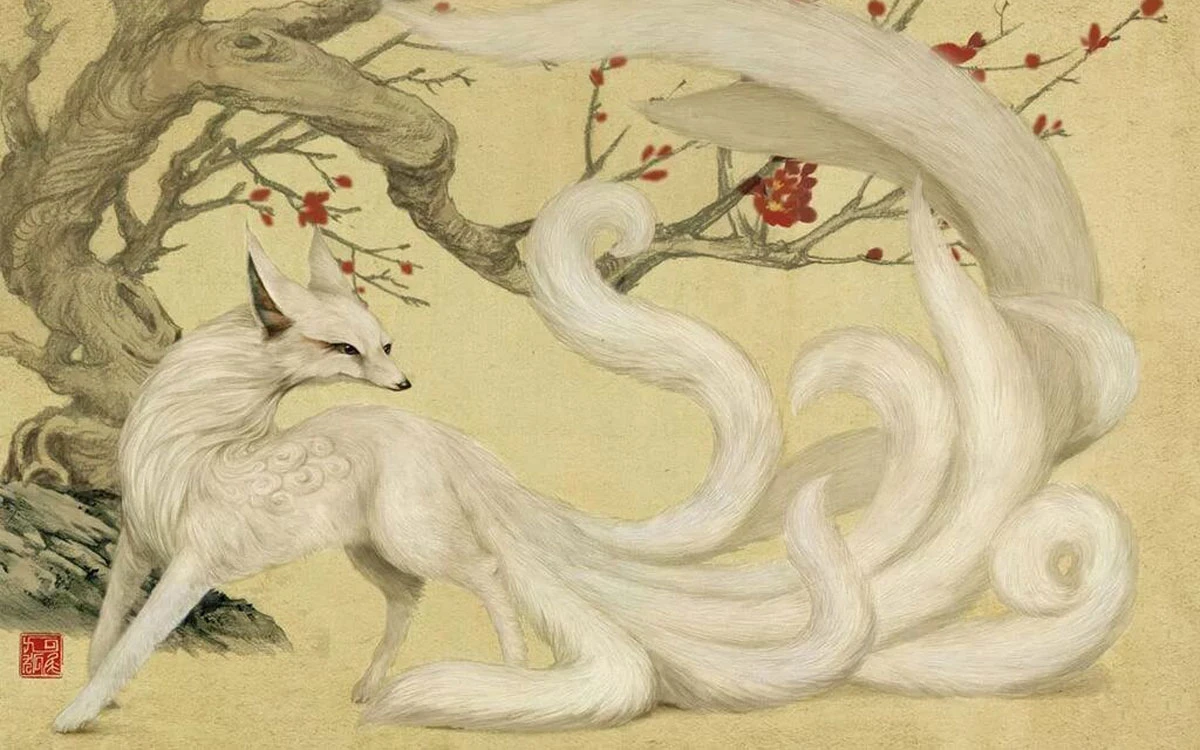
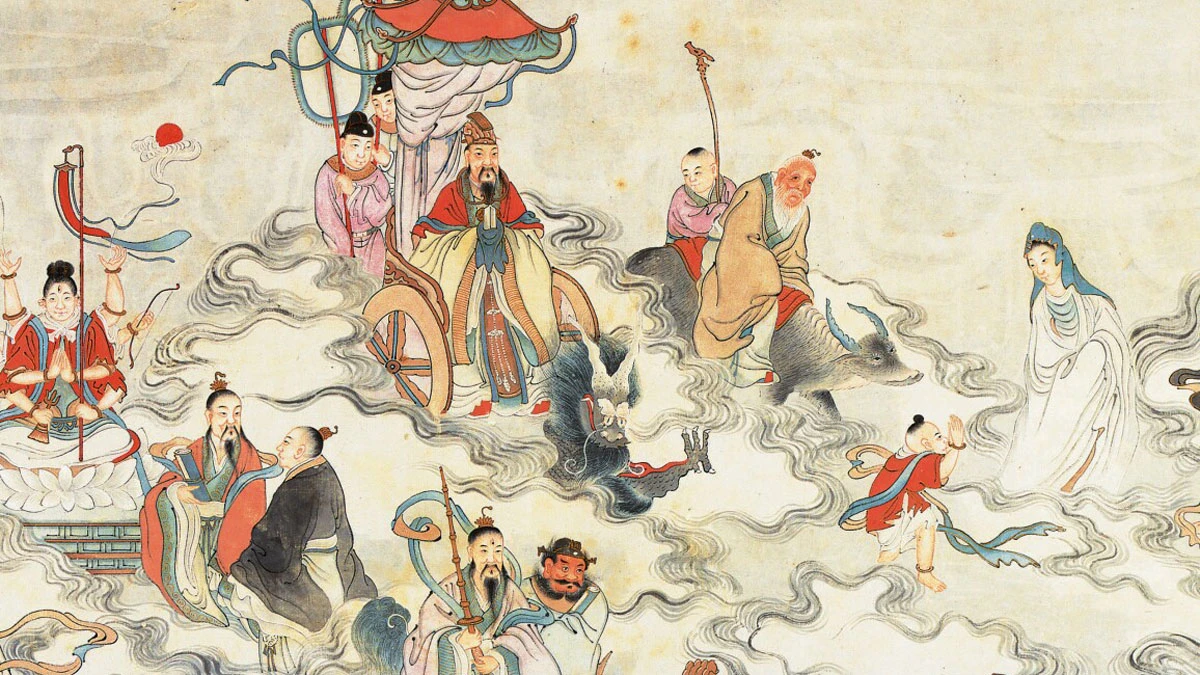
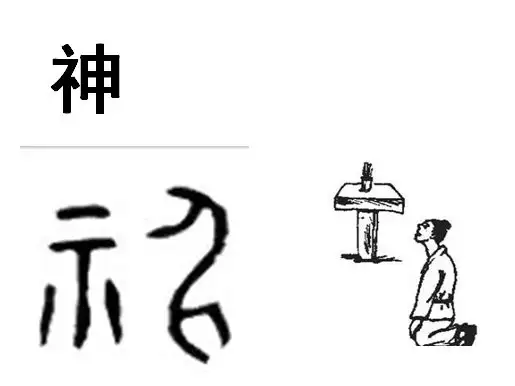
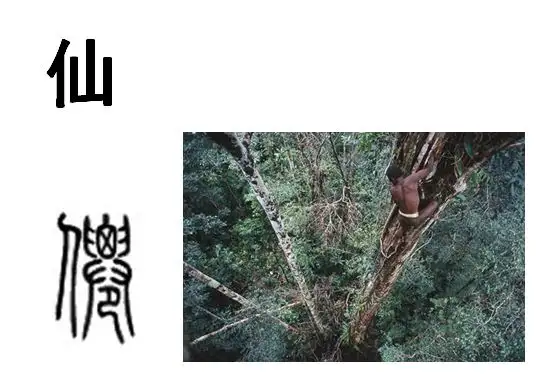
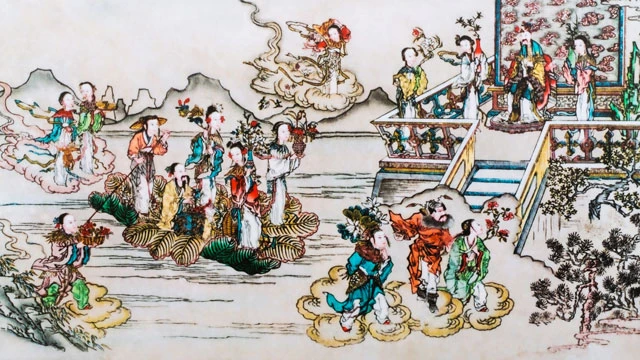
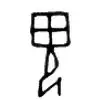

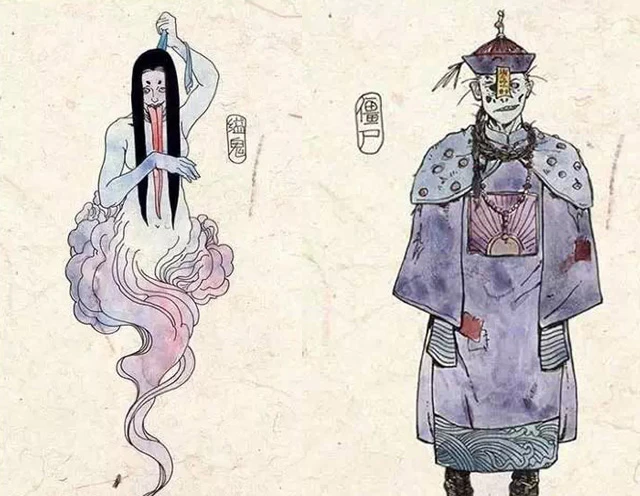
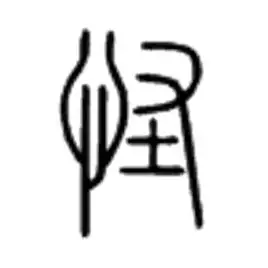
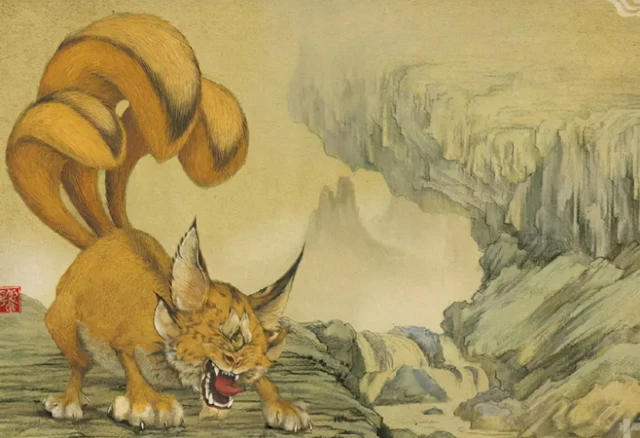
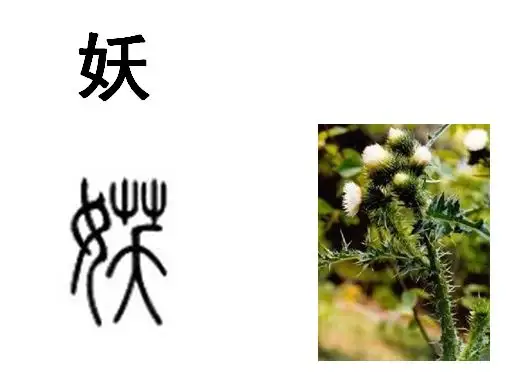
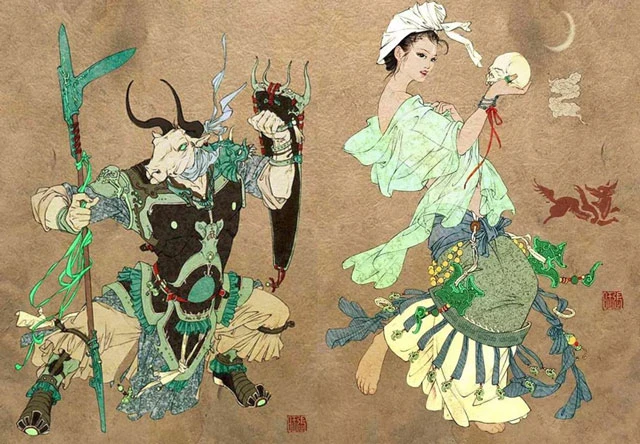



What of fairies? Based on their usage in Journey to the West it seems that they are the equivalent of minor gods or demi-gods?
Yeah, there aren’t really fairies like European fairies. I think fairies is just a different translation of shen or ling or a similar word/compound, so yes, like minor gods/spirits.
Mitologi Tiongkok unik dan beragam
Terimakasih artikelnya menambah wawasan
Waw, nice article👍
Thank you 😊